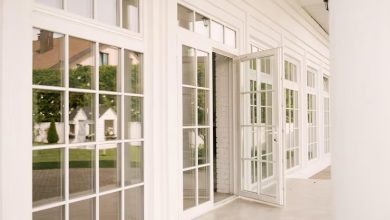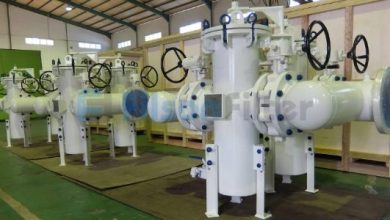Building for business: The essentials of retail construction work.
The Core Priorities of Retail Construction

Retail construction is not just about erecting walls and setting up interiors. It is a specialised discipline that merges design, functionality, and strategy to shape spaces where businesses can flourish. From small boutiques to expansive shopping centres built by the right retail construction company, every retail environment reflects construction decisions that directly influence customer experience, brand identity, and long-term success.
The Core Priorities of Retail Construction
At the heart of retail construction are three primary goals: attracting customers, supporting day-to-day operations, and ensuring lasting durability. Unlike residential or industrial projects, retail spaces demand a perfect balance between aesthetics and practicality. While the visual appeal captures attention, elements such as lighting, HVAC systems, and accessibility ensure comfort and encourage repeat visits.
Planning for Success
Comprehensive planning forms the foundation of any retail project. Before construction begins, business owners, architects, and contractors collaborate to align the store’s design with brand values and customer needs. For instance, a luxury fashion outlet may require sophisticated finishes and accent lighting, while a supermarket emphasises refrigeration systems, spacious aisles, and efficient stocking layouts. Without a clear plan, costs can escalate, and the outcome may fail to meet business objectives.
Adapting to Location and Regulations
Retail spaces are deeply influenced by their surroundings. Zoning laws, building codes, and community guidelines dictate everything from exterior signage to parking availability. Contractors must not only comply with legal requirements but also consider local culture and aesthetics. For example, stores in historic districts may integrate traditional architecture, whereas suburban retail centres may focus on modern convenience and vehicular access. Careful adaptation ensures a store feels natural within its environment while still serving business needs.
Precision in Construction Management
Time is critical in retail construction. Every day of delay can result in lost revenue. Skilled project managers rely on scheduling tools, strict coordination, and proactive communication to keep subcontractors aligned and tasks sequenced efficiently. While speed is important, maintaining quality is equally vital to avoid costly repairs or early renovations.
Designing Interiors for Customer Flow
A store’s interior is where customer experience truly takes shape. Effective layouts guide shoppers naturally, highlight featured products, and prevent congestion. Lighting enhances merchandise presentation, flooring materials must withstand heavy traffic, and small but significant choices – such as the placement of fitting rooms or checkout counters – directly affect sales and satisfaction. In essence, retail design merges architecture with behavioural psychology, turning a simple visit into a memorable shopping experience.
Embracing Sustainability
Modern retail construction increasingly emphasises sustainability. Eco-friendly practices include using recycled materials, installing energy-efficient HVAC systems, and maximising natural light. Not only do these measures reduce operating costs, but they also appeal to environmentally conscious consumers. In many markets, sustainability serves as both a business strategy and a competitive edge.
Integrating Technology
Today’s retail spaces demand seamless integration of technology. Smart lighting systems, advanced security networks, digital signage, and interactive displays are now common features. Construction teams must coordinate closely with technology specialists to ensure proper cabling, power supply, and system compatibility. For customers, these innovations elevate the shopping experience, making tech integration a necessity rather than a luxury.
Safety and Accessibility First
Every retail project must prioritise safety and inclusivity. Compliance with fire codes, ADA standards, and health regulations ensures that spaces are welcoming and secure. Beyond regulations, thoughtful accessibility design demonstrates a brand’s commitment to serving all customers equally, strengthening community trust and loyalty.
Final Thoughts
Retail construction is a blend of creativity, engineering, and strategic foresight. Each decision – whether it concerns building materials, layout, or sustainability – plays a role in shaping how a business operates and how customers perceive it. By balancing regulatory compliance, technological innovation, and customer-centred design, by partnering with a retail construction company, businesses can create retail spaces that are both functional and inspiring.



